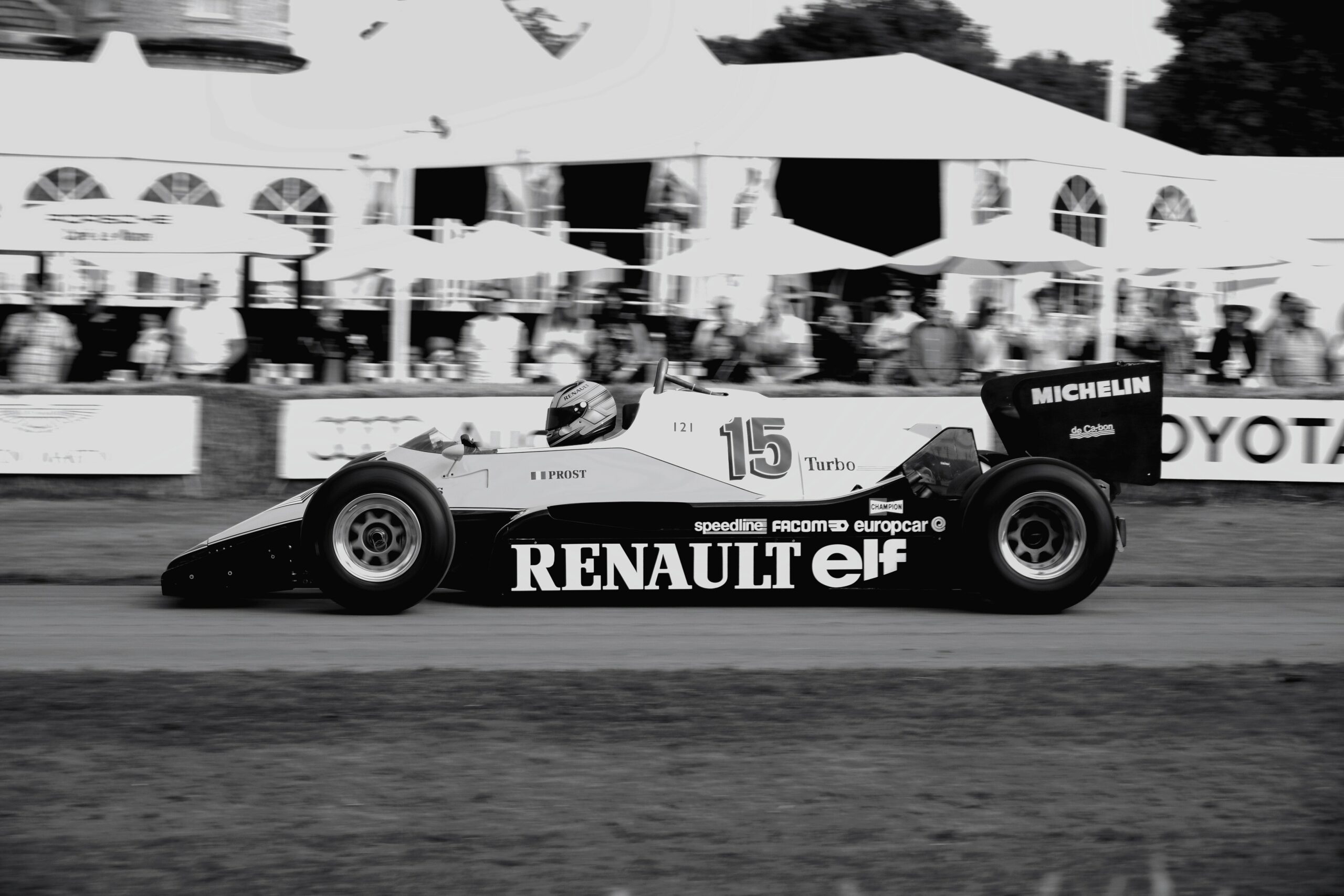Motor Racing History – Radical Technical Innovations & The Era of Ground-Effects
The Birth of Ground-Effects
Two major developments occurred during 1977, the Renault turbo made its debut at the British Grand Prix while the Lotus-Ford 78 debuted in Argentina. Both would effect racing for years to come. The Lotus was the first successful implementation of “ground effects” – the ability to harness the air that travels under the car. The idea had its origins in Land Speed Record cars back in the 30’s, specifically the Auto Unions designed by Professor Eberan-Eberhorst which employed side skirts as well as a shaped bottom supplying a venturi effect. In 1969 BRM experimented with various ground effect principles. Later at Lotus Tony Rudd and Peter Write, who had worked together at BRM further developed the concept along with Ralph Bellamy and of course Colin Chapman.
Chapman took special pleasure in the multiple use of components and the idea of using the air under the car found a willing champion. The missing element in earlier models was the adoption of flexible side-skirts. But even with skirts the amount of negative pressure was still quite small. Further tests were done on a wind tunnel with a rolling road. Chapman surmised that reducing the ground clearance would increase the pressure and further testing proved him right. Moving the nose airfoil closer to the rode surface so that the gap was only four inches caused the “road” surface to actually lift! The team would report their findings to Chapman each week and would be directed to pursue different ideas.
No Subscription? You’re missing out
Get immediate ad-free access to all our premium content.
Get Started



